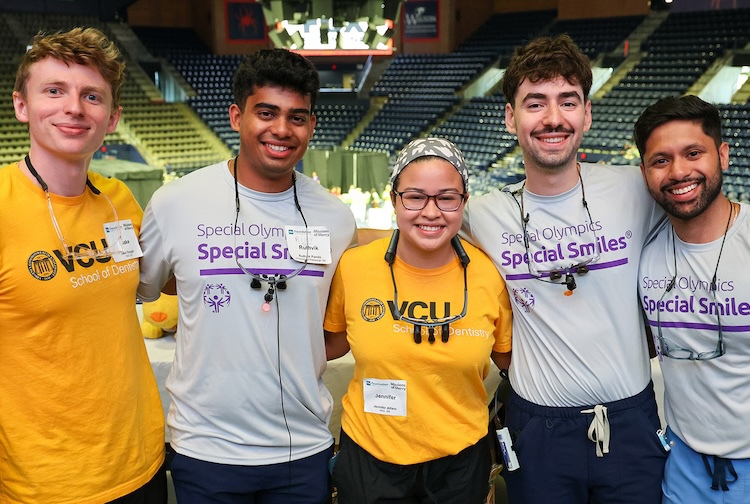
Dental care and COVID-19: Is it OK to see your dentist?
March 23, 2020
Routine dental procedures are important to overall health. But with the continued spread of COVID-19, the American Dental Association is recommending that you postpone any dental visits that are not emergencies.
David Sarrett, D.M.D., dean of Virginia Commonwealth University’s School of Dentistry and a board member of the Virginia Dental Association, has been among the leaders speaking up about the importance of scaling back dental procedures and focusing on urgent and emergency care.
Here, Dr. Sarrett shares his expertise on this change in practice and describes when it's OK to see your dentist.
What does the ADA’s decision to recommend postponing elective procedures mean for patients?
Assuming dentists comply or this becomes mandated by governments, dentists will have to delay most of their scheduled dental work and preventive care visits. In fact, VCU Dental Care now restricts patient treatment to urgent or emergency care only. We define this as:
-
Severe toothache pain (on a pain scale of 1 to 10, a 5 or more that has lasted more than 24 hours)
-
New or recent swelling of your gums or face (within the past three to seven days)
-
Bleeding in your mouth that does not stop following tooth extraction or gum surgery
-
Tooth infection
-
Recent trauma, such as a broken tooth causing pain
There are some other areas that are unique, such as orthodontic emergencies with loose wires (on braces) that can be sharp. Each dental practice will have to develop its own list.
If I see a dentist for a medical emergency, how do I know I won't get COVID-19?
We are screening and evaluating before appointments
What is most important is minimizing the number of patients in the office, which we are doing by only tending to dental emergencies.
Bringing people together in a waiting room does not support social distancing, which we’ve seen as a crucial preventive measure against this threat. Even if people are not sick, when they come in and somebody is a carrier, they've increased their risk just by being around other people. Every time you can keep people away from each other, it prevents the likelihood of another spread.
In addition, we are screening and evaluating our patients by asking a series of questions based on the most current risk factors. We are also taking patients’ and employees’ temperatures at the entrance to our building.
We are taking these steps to protect our patients and slow the spread of COVID-19 by reducing the opportunities for in-person exposure. The decision also allows us to increase our ability to care for those with emergency dental needs. We are evaluating our procedures daily as we receive new information.



